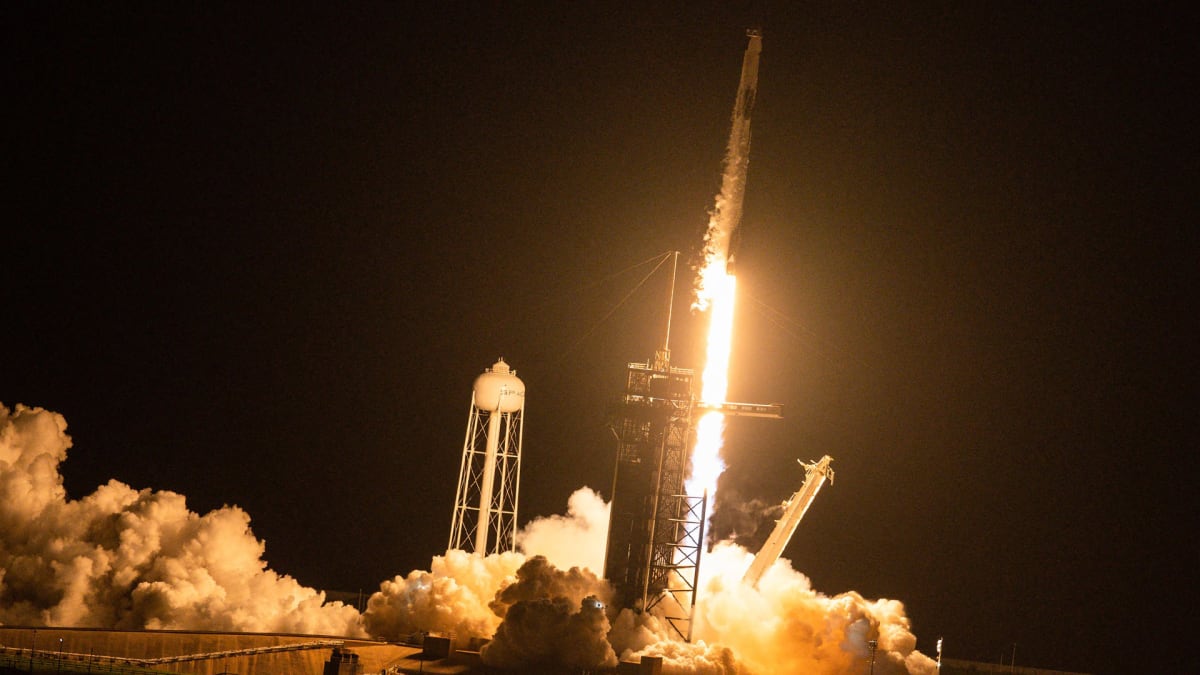
Elon Musk finally has the green light that he has been impatiently waiting for.
The billionaire and his rocket and satellite company SpaceX have obtained the license from the Federal Aviation Administration to launch the first orbital test flight of Starship, the rocket with which Musk wants to conquer Mars.
"Targeting as soon as Monday, April 17 for the first flight test of a fully integrated Starship and Super Heavy rocket from Starbase in Texas," SpaceX announced on Twitter on Apr. 14.
Musk first posted a sketch of the event and then pointed out that the date could change, as is often the case with launches. The weather, for example, can alter the schedule.
"I have a feeling it might get delayed 3 days …" the Techno King, as he's known at his EV maker Tesla, said.
"Oh so it’s not happening?" a Twitter user asked.
"There is massive uncertainty with a new launch. We don’t know exactly when it will fly," Musk responded.
A 150-Minute Window
The FAA gave Musk and SpaceX "a vehicle operator license to launch the Starship/ Super Heavy vehicle from Boca Chica, Texas," a spokesperson said in an email statement. "After a comprehensive license evaluation process, the FAA determined SpaceX met all safety, environmental, policy, payload, airspace integration and financial responsibility requirements."
The license is valid for five years.
SpaceX said that on April 17, a 150-minute test window will open at 7:00 a.m. Central time, but the schedule is "dynamic and likely to change."
A live webcast of the flight test will begin about 45 minutes before liftoff.
"As we venture into new territory, we continue to appreciate all of the support and encouragement we have received from those who share our vision of a future where humanity is out exploring among the stars," the company continued.
The Starship and Super Heavy test flight will originate from Starbase, Texas. The booster stage will separate and will then return and perform a soft water landing splashdown in the Gulf of Mexico. The orbital Starship spacecraft will continue on its path to an altitude of approximately 250 km before performing a powered, targeted landing in the Pacific Ocean.
The FAA said that it will implement various airspace measures to reduce the impact of the launch on commercial airline flights and other airspace users. The federal agency will, for example, for the first time, implement time-based procedures for a launch from Boca Chica.
"This will identify and reroute only the aircraft directly affected by the closed airspace allowing more aircraft to stay on their most optimal and efficient routes. It has previously only been used for launches from the Florida space coast," the regulator explained.
Musk, as often, is already raising awareness around this event.
"Success maybe, excitement guaranteed!" the tech mogul said.
A Key Element to Conquer Mars
The orbital launch of Starship is supposed to represent a leap forward for humanity, by offering a machine capable of reaching the moon, then Mars, while carrying tons of cargo. SpaceX intends to mount Starlink satellite terminals on the Super Heavy booster and orbital Starship for this first test flight, and to use these terminals to communicate with SpaceX’s satellite constellation.
Starship, a next-generation rocket, refers to the space-transport vehicle and the upper stage of the launcher. The main stage -- that is, the booster needed to launch the Starship -- is called "Super Heavy."
It is designed to quickly replace the entire current range of SpaceX launchers and separate freight and manned transport systems. These are the Falcon Heavy and the Falcon 9, used for launching satellites, resupplying the International Space Station, and rotating crews.
SpaceX has tested the second-stage Starship spacecraft, but only on high-altitude flights rather than in orbit. The Super Heavy, on the other hand, has yet to fly.
Successful testing of the spacecraft will pave the way for NASA to use a modified version of the Starship spacecraft to land the first woman and first person of color on the lunar surface, a mission that will take place no sooner than 2025.
The vehicle could also be deployed to ferry supplies to the moon to help build NASA's proposed moon base. NASA is currently targeting the late 2030s for the first astronaut mission to Mars.







